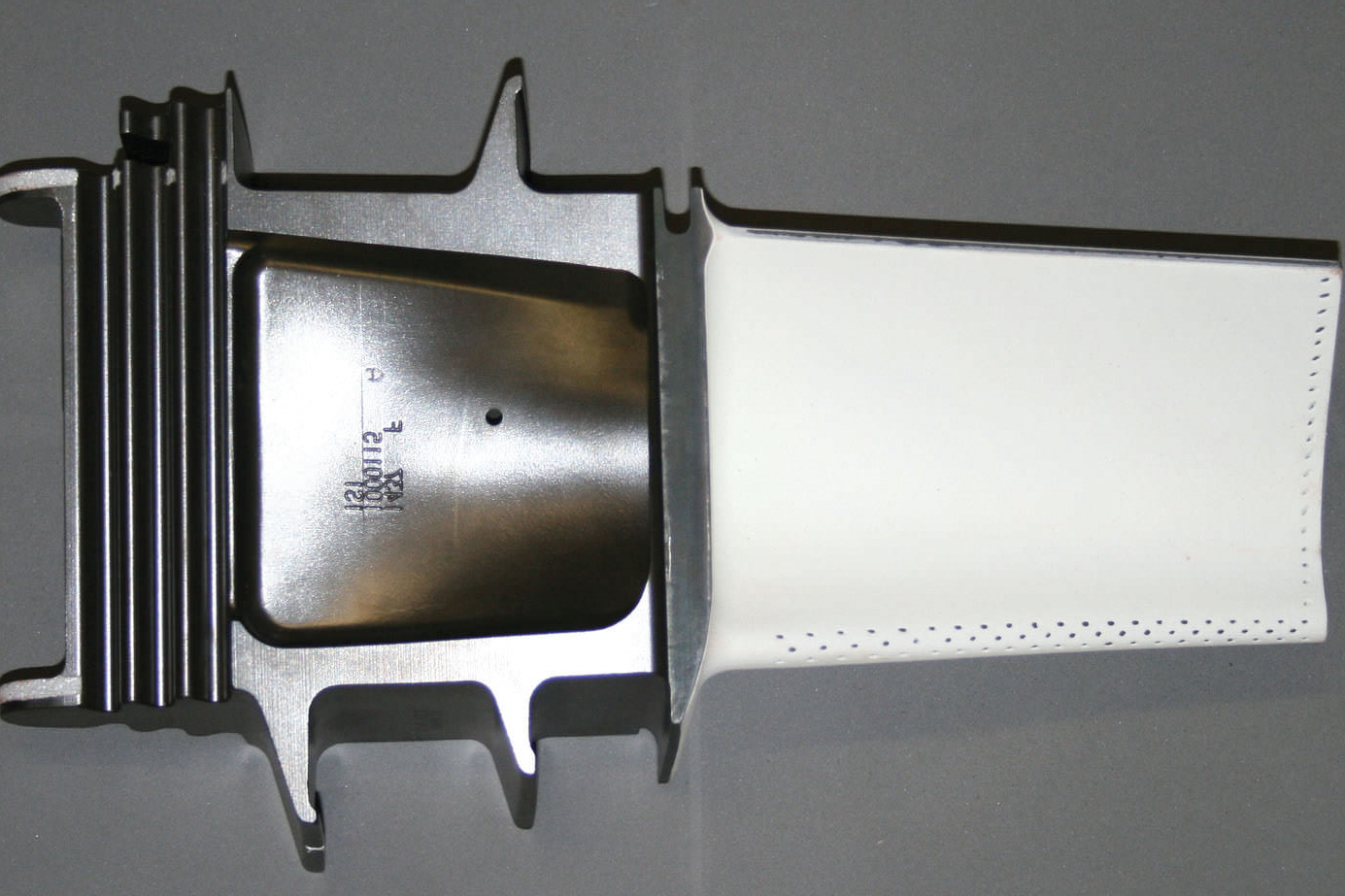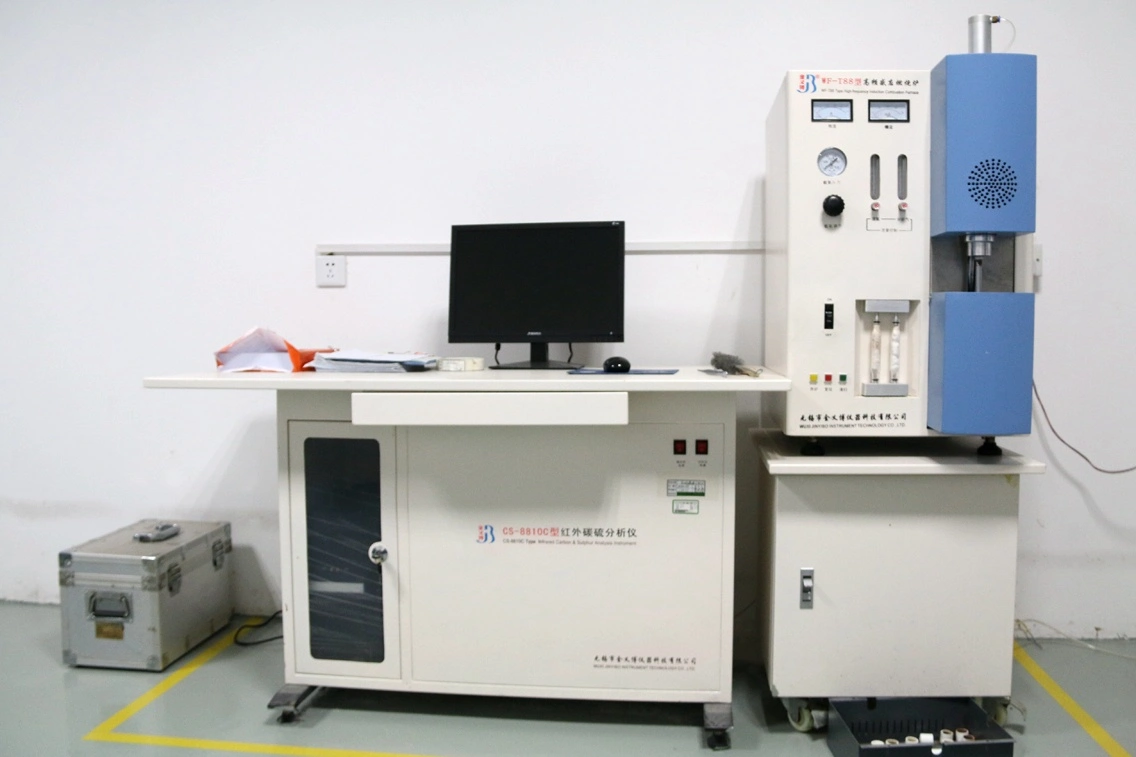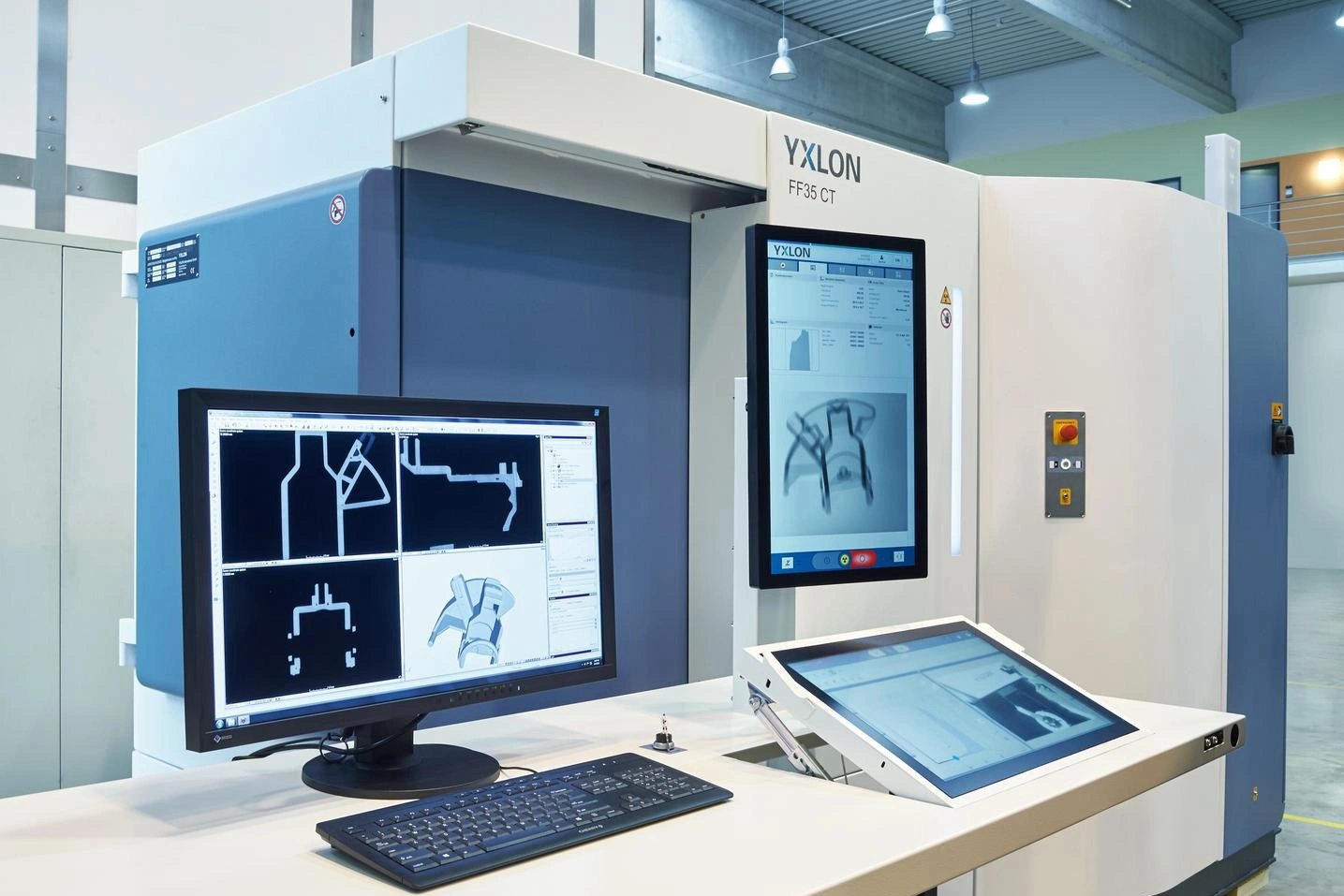What Is The PDCA Management System: 3D Printed Parts Quality Assurance
Introduction: Beyond Single Inspections – How PDCA Builds a Foundation for Continuous Improvement in 3D Printing Quality
In the field of additive manufacturing, the forming of every part involves the precise coordination of hundreds of process parameters. As quality engineers at Neway, we clearly recognize that the traditional “inspect-and-release” approach can no longer meet the stringent demands of high-end industries for consistency and reliability in part quality. With this understanding, we have deeply integrated the PDCA cycle, a classic quality management methodology, into every stage of 3D printing production, establishing a dynamic and self-optimizing quality assurance system. This system not only focuses on whether an individual part passes inspection, but is dedicated to the continuous optimization of the entire manufacturing process and the realization of outstanding performance.
What Is the PDCA Management System?
The Origin and Core Concept of PDCA
The PDCA cycle, also known as the Deming Cycle, was promoted and developed by quality management expert William Edwards Deming. Its core value lies in emphasizing a mindset of continuous improvement rather than serving merely as a simple problem-solving tool. At Neway, we understand that the essence of 3D printing is a complex, multi-variable, non-linear process. Only by applying a systematic, cyclical improvement approach can we achieve stable and enhanced quality. PDCA helps us build a “prevention over inspection” quality culture, shifting quality control forward to the process design stage and ensuring product quality from the source.
Interpreting the Four Stages of PDCA
In the Plan stage, we define quality objectives and develop implementation paths based on data and factual analysis. During the Do stage, we execute the plan strictly and ensure complete recording of process data. The Check stage focuses on comparing implementation results with planned objectives, identifying deviations, and opportunities for improvement. In the Act stage, we standardize successful practices for broader application, implement corrective actions for identified issues, and incorporate unresolved challenges into the next cycle. These four stages are closely linked, forming an upward spiral of continuous improvement.
How Neway Applies the PDCA Cycle to 3D Printing Quality Assurance
Plan Stage: Meticulous Pre-Print Planning
For every project we undertake, our engineering team conducts in-depth requirement analysis and technical review. For example, when a customer requires aerospace-grade titanium alloy parts, we select the most suitable combination of 3D printing process parameters based on the material's characteristics and application requirements. This stage includes detailed risk assessment, process route planning, and the development of inspection plans, ensuring that every step has clear standards and defined targets.
Do Stage: Controlled Printing and Post-Processing Execution
In the Do stage, we strictly follow established process specifications. From metal powder screening and storage to equipment status verification, every step is carried out under controlled conditions. For parts requiring subsequent machining, we accurately implement the planned heat treatment parameters to ensure the desired microstructure and mechanical properties. The entire process is recorded in real time through our manufacturing execution system, providing complete data support for subsequent analysis.
Check Stage: Comprehensive Quality Verification and Data Analysis
The Check stage is a critical pillar of our quality assurance system. We utilize advanced industrial CT technology to perform non-destructive testing on parts, enabling precise detection of internal defects. Through mechanical property testing, we verify whether the strength, ductility, and toughness of the material meet the design requirements. At the same time, we utilize high-precision CMM measurements to verify dimensional accuracy and ensure compliance with geometric tolerances. All inspection data are compared against the targets defined at the Plan stage.
Act Stage: Standardization and Continuous Improvement
In the Act stage, we consolidate successful process parameters and lessons learned into standard operating procedures to guide subsequent mass production. For identified issues, we perform root cause analysis to pinpoint underlying problems and implement effective corrective and preventive actions. Especially for challenging materials such as superalloys, any unresolved process challenges are brought into a new PDCA cycle for ongoing optimization until the ideal state is reached.
Synergy Between the PDCA Cycle and ISO 9001 Certification
The PDCA cycle is the core operating model of the ISO 9001-certified quality management system; the two complement each other. In our practice, ISO 9001 provides the framework and requirements for quality management, while the PDCA methodology offers a concrete approach to fulfilling them. By deeply embedding the PDCA cycle into each process of our quality management system, we not only meet certification compliance requirements but also maximize the effectiveness of our quality management.
The Core Value PDCA Brings to Our Customers
Predictable and Repeatable Part Quality
Through continuous application of the PDCA cycle, our manufacturing processes become stable and reliable, ensuring that every part delivered to our customers maintains consistent quality characteristics. This predictability significantly reduces project risks and provides a solid foundation for customers’ product design and performance validation.
Process Transparency and Excellent Risk Control
Comprehensive PDCA documentation ensures transparency and traceability throughout the entire manufacturing process. Customers gain clear visibility into quality data from material incoming inspection to final shipment. This level of transparency greatly enhances confidence in our products.
Continuous Process Optimization and Cost Efficiency
PDCA-driven continuous improvement not only boosts product quality but also reduces production costs through process optimization. These benefits are ultimately passed on to our customers, enabling them to obtain higher-quality products at more competitive prices.
Case Study: Resolving Inconel 718 Mechanical Property Fluctuations Through PDCA
During the production of a batch of high-temperature Inconel 718 parts, our Check-stage data analysis revealed abnormal fluctuations in mechanical properties. In the Plan stage, the quality team hypothesized that the solid-solution heat treatment parameter window was the primary influencing factor and designed four sets of different heat treatment parameters for trials. In the Do stage, we strictly followed the trial plan for part printing and heat treatment, ensuring complete process data records. In the Check stage, we conducted comprehensive tensile tests and metallographic analyses, which showed that one specific parameter combination significantly improved performance stability. In the Act stage, we updated this parameter combination into our standard operating procedures and incorporated control of grain boundary precipitates into the next improvement cycle.
Conclusion: Choosing Neway Means Choosing Reliability Empowered by Scientific Quality Management
In an increasingly competitive additive manufacturing landscape, quality has become the key factor distinguishing excellence from mediocrity. Through the in-depth implementation of the PDCA management system, Neway elevates quality assurance from passive inspection to proactive prevention and continuous improvement. We invite you to experience our custom 3D printing services backed by a scientific management system, and let our systematic quality methodology safeguard your innovative projects.
Frequently Asked Questions
As a customer, how can I see the specific application of PDCA in my project?
How does the PDCA system help reduce scrap rates in mass production?
Compared with other quality management methods, what are the main advantages of PDCA?
When urgent orders arise, will the PDCA process be simplified or bypassed?




